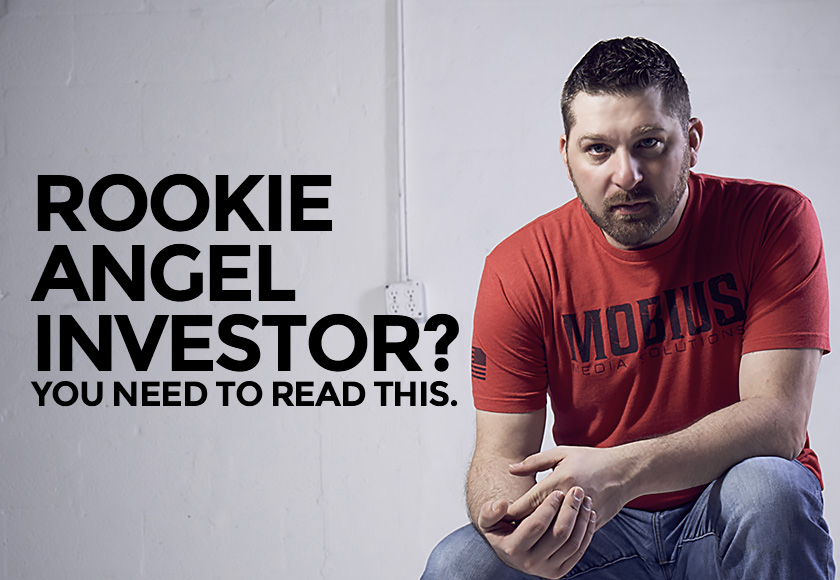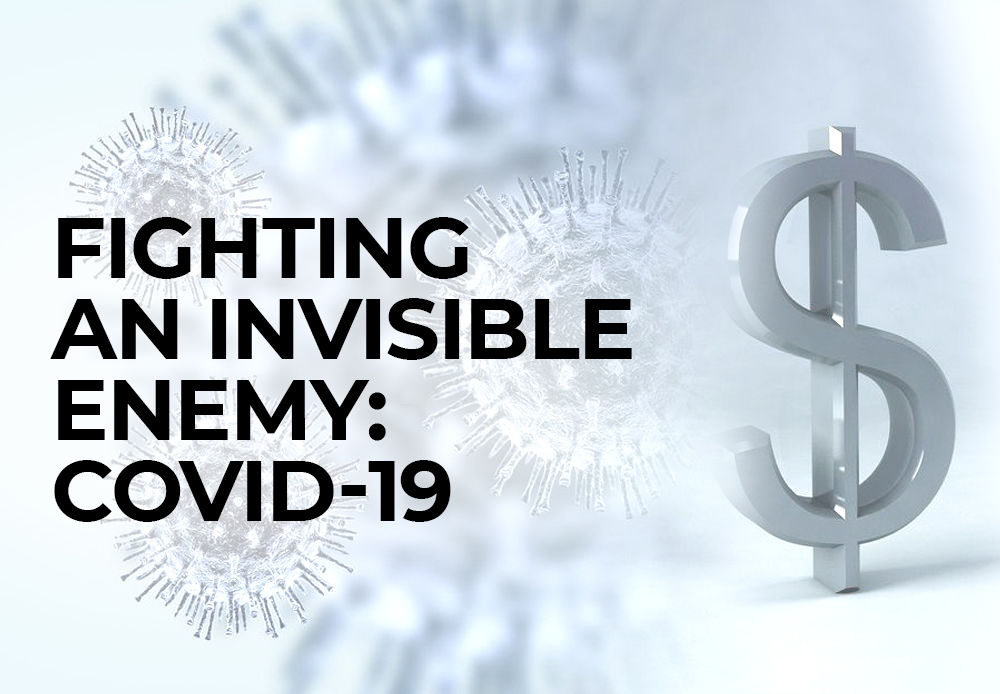THE ROAS MYTH

- Business, Growth
A 3:1 return on ad spend (ROAS) is the goal for advertising; that’s how you make your money on Facebook. Quite simply, invest $100 into Facebook advertising and you should be getting $300 back. When you hire a marketing company, they should be able to get you a 3:1 ROAS on Facebook in no time, and if they don’t, find another marketing company. It’s so simple…and complete bullshit.
If you understand this one little nuance of Facebook you will change the way that you look at Facebook ads and marketing: You do NOT spend money on Facebook to make sales. That is a myth. The ROAS Myth. If you believe in 2020 after Facebook has been around this long and had hundreds of billions of dollars run through it, if you still believe the point of spending money on Facebook is to make sales, you are 100% wrong. You spend money on Facebook in order to gain data.
“Facebook is an economy of its own.”
A lot of people don’t realize this, but Facebook is more than just a place to keep up with friends and family, pass along funny memes, and waste hours watching silly cat videos. Facebook is an economy of its own. An ecosystem in which you can cause inflation, you can cause deflation, and you can manipulate the algorithm.
Facebook advertising is not “guesswork”. In some ways, it’s like the Matrix. You’re given a set of rules, and as long as you play within the rules, you can bend some of the rules. I’m not talking about black hat tactics or dark web dealings. What I mean is when you’re spending $1 million on a weekend, you can make very good, very clear decisions about every hour or 45 minutes. That’s because you’re running tens of thousands of people through that landing page or through that sales cycle.
“A dollar a day isn’t going to cut it.”
Some business owners like to tiptoe into Facebook. They say, “let’s test on low dollars”. Sure, you can boost a post for a dollar a day for seven days. I know people that have tried to capitalize on the “Dollar A Day” strategy in an attempt to make sales. But remember, when you boost a post, you’re just trying to reach people and get likes on the post. If you’re trying to run people through an ascension ladder, or get people to know, like, and trust you, or you’re going through the awareness, engagement, conversion phase, and you’re doing everything right, a dollar a day, isn’t going to cut it.
If you’re only spending a thousand dollars a month, you might have to wait a month before you can make any changes. Now, what happens is most people don’t understand how the algorithm works and they don’t understand the Facebook ecosystem that’s driving that algorithm. It’s one of the things as a digital marketing company we’ve been able to capitalize on.
It’s a pay-to-play world. At a thousand dollars a month, you’re not getting enough people into that algorithm to allow Facebook to understand who are really the people that will convert. When you’re spending $1 million a month, on about day two, you’re getting enough people per hour that you can say with confidence, “10,000 people landed on this page, we need to switch out this video, we need to change this headline”.
Run it for another 45 minutes or an hour, then you can say with confidence, “10,000 more people went through, but they’re getting to the cart and not converting. Let’s change the cart, change the offer or the deal, change up the bump sell or the upsell, change the positioning or targeting…”, whatever you need to do. The point is, when you’re spending money like that, you are very quickly gathering data that you can then very quickly interpret and use to make corrections.
“Facebook gives you data.”
That’s when sales happen. If you spend money with Facebook and you don’t get sales and you blame it on Facebook, you couldn’t be more wrong. If you spend money with Facebook and they don’t give you data, then you can yell all day long and I’ll be right there behind you. I will be the first one to go to bat for you. Facebook gives you data, it then becomes your responsibility to understand that data.
Instead, at this point, what most people focus on is ROAS. Which is incorrect and can be detrimental to their business. Nobody that’s doing this for a living, or at least doing it well for a living and really, truly understands how it works, is focusing on the magical 3:1 return on ad spend. ROAS should be the fourth or fifth thing you’re looking at.
There are so many digital marketing companies whose big hook is the 3:1 ROAS, and just because they can put up a Facebook ad does not make them a marketer. Unfortunately, they’re hard-headed enough they won’t actually learn and hone their craft. Facebook marketing is what SEO was three years ago. Everybody was an SEO expert three years ago, but very few people knew how to actually get deep into SEO. Yeah, they would know how to put on Alt tags, and yeah, they might know how to change some anchors on a guest post, but they didn’t understand a lot of it. The guys that did understand it would always be at the top because they were going deep on SCHEMA and they were doing things the other guys didn’t even know. They may have had a vague understanding of it, but they were not well versed.
In the past, I gave potential clients the 3:1 ROAS warm fuzzy. I used it as a selling point because there was a time you could not land a client without talking about a ROAS guarantee. Most potential clients are so laser-focused on the 3:1 ROAS, because they were told by someone, they read an article or post, or they did their own research and heard ROAS is the be all/end all. I have told potential clients I will 40x their business and they do not care; they want to know what their ROAS will be. And they want it immediately. And they only want to spend a thousand dollars a month. I have taken clients from $100,000.00 a month in total sales to half a million dollars a month in profit in less than three months and they don’t care in the slightest; they just want to know whether or not they got a 3:1 ROAS.
“…they can 40x a business, but nobody will listen to them.”
This mythical number leads to a lot of misconceptions. Because of this, you get marketing companies that really know what they’re doing, and they can really 40x a business, but nobody will listen to them. I’ve been in that spot. I’ve fired so many clients because they just wouldn’t let us do what we needed to do to grow their company. Clients start listening to outside entities, and then try to tell us, the experts they hired, how to do our job.
I can always tell the people that don’t understand Facebook when ROAS is the first thing out of their mouth. It’s usually business owners and I always have one question for them: “Have you ever been to court before?”
After their initial surprise, they typically answer, “yes.” So I follow up with, “Did you hire a lawyer?”, to which they always respond, “Of course.” Then I ask, “Did you stand up there and tell him how to litigate when you got to court?” Without fail, I hear, “Of course not.”
Then why did you hire a marketing agency, especially one that’s doing really great things for your company, then put them in the golden handcuffs of ROAS?
“Marketers can manipulate those numbers…showing you exactly what they want you to see.”
Let me explain something about ROAS to you. Marketers can inflate their numbers. When you look at Facebook Business Manager, it looks legitimate; very professional, very accurate. However, marketers can manipulate those columns, products, and numbers, showing you exactly what they want you to see. For example, setting the price of their product at $10,000.00 instead of the $19.00 they’re actually selling at. They spent $100.00 and got one conversion. Now you’re looking at a 100:1 ROAS. So it looks like they’re getting these amazing returns, but it’s just not true.
The ROAS Myth is so ubiquitous, we actually created a calculator for it because so many people cannot get it through their brain housing group that it is just not where you need to be focused. ROAS is not the be all/end all. Cost Per Acquisition (CPA) and Cost Per Client/Customer (CPC) are what you need to be looking at first.
CPA is for one sale. A one-time cost per customer, multiple times over. For example, if you’re selling a cell phone, your client is going to buy one phone and probably not buy another phone for a while.
“Lifetime value of a customer is what matters most.”
Contrary to popular belief, CPC on Facebook does not Cost Per Click, it’s the above mentioned Cost Per Client/Customer. An example of CPC is selling a plan for a cell phone with a monthly recurring charge. This means I can go in the hole on my first sale, which will show a negative ROAS, but next month I’ve made money off the client’s recurring payment with only the initial money spent. This is why the lifetime value of a customer is what matters most, not ROAS.
I’m able to outspend competitors every single time because they want to have a 3:1 ROAS. I can suck up all the ad space. Competitors will never get to be in front of the cream of the crop of the algorithm because I’m outspending them on everything. With this mindset, my first month can show a 0.08 ROAS, but my second month can show a 2.7, and by the third month I’m up at a 5.0, which, if you’re picking up what I’m throwing down, that’s a 5:1 ROAS. Because this myth of a 3:1 ROAS has been perpetuated over and over again, people just can’t understand you can go in the hole and still be mega profitable on the back end.
This is especially true if your follow up systems and sequences are designed to help your customers become part of your community instead of just buying one of your products. I hear business owners say, “There’s not enough room in the profit for me to get anything less than 3:1 ROAS”. Well, let’s think about that for a minute.
If I spend $100.00 and I get a 3:1 ROAS that means I got $300.00 back. Sounds really good, right? If I’m spending $1 million and I’m getting back $3 million, that sounds great.
Now, for the sake of round numbers, let’s imagine I’m getting a 3:1 on $1 million, or I’m getting a 1:1 on $1 million. The 3:1 on $1 million gets me $3 million. But the 1:1 gets me 300,000 recurring customers. The next month I’ve spent the same amount of money to advertise to brand new potential customers, and I’m getting a 4:1 or 5:1 ROAS because I’m only remarketing to my 300,000 recurring customers. I’m not going out after a cold audience.
“I can give you a 3:1 all day long.”
The ROAS Myth is just that: a big fat myth. Marketers can manipulate ROAS quickly and easily. I can give you that 3:1 all day long, systematically, for as long as I have content. I can spend about 30% on a cold audience, and then I just beat those people to death on remarketing. But I’m not picking up any more or new audiences for you, I’m just selling to all your past customers, and that’s not how you grow a business. That’s how you stay a $1 million business for 10 years, believing your business is worth more than $1 million because you’ve been doing it for 10 years. One myth perpetuates another, and before you know it you’re stuck on the wrong key performance indicators (KPI’s).
If you truly want to grow your business, you need to focus on your total cost to acquire a new customer and how much that customer is worth to you throughout the lifetime of them using your products or services. ROAS, when properly used, is a brief snapshot of the health of a specific part of a campaign as it relates to the customer journey. ROAS should not be the factor that determines whether or not you pull the plug on your business, and it should not be the blunt object you bludgeon your marketing team to death with. After all, it’s just a myth.









